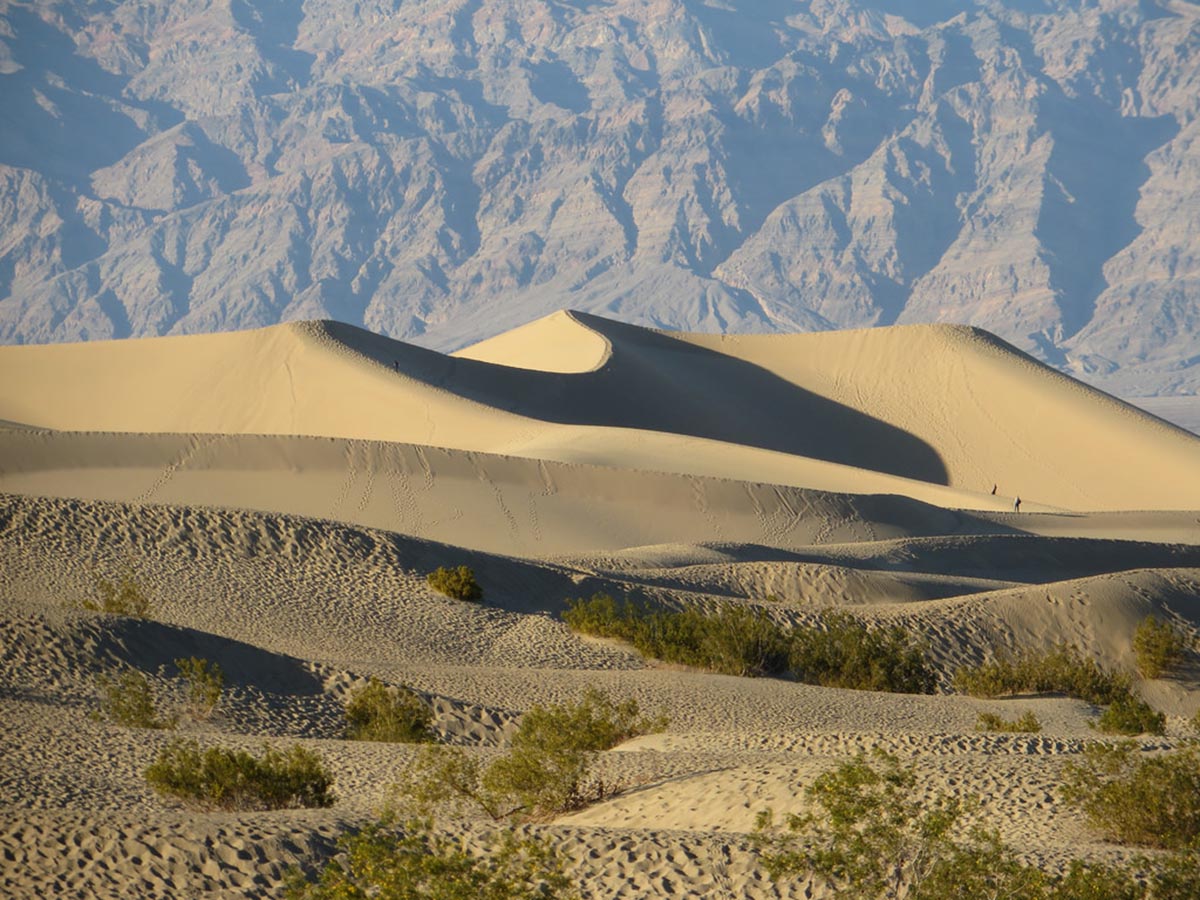Death Valley National Park is in eastern California. The first thing that stands out in Death Valley National Park is its rough terrain. Covering three million acres, the park gives you an idea of the wilderness, country roads, historic sites, and the seemingly endless terrain of cliffs, deep gullies and desert peaks, and saline. Get ready for a variety of outdoor activities in the National Park. Hiking, biking on the roads and mountains, camping and hiking are just a few of them. By following the rules below, you can make a pleasant and safe journey and return with beautiful memories of this beautiful national park:
– Stay on the established routes. Do not leave the streets. Tailor “off-road” tires to your car instead of normal road or road tires.
– Only use the bikes allowed on the roads and dirt roads. Do not cycle on paths, closed roads or in wilderness areas of the park.
– It is advisable to travel in a group of large numbers. Carry maps because there are no signs and you can not rely on the GPS.
– Complete all permits for use in the park.
– drink and carry a lot of water; more than usual. The dry climate can dehydrate and water sources are rare in the park.
– Be responsible and do your responsibility to the environment by cleaning after you. Protect the desert environment.
If you are here merely for sightseeing you still have lots to do as the place is rife with interesting sights. A few of the many places you can visit in Death Valley National Park are:
Furnace Creek Visitor Center:
A good way to start your park tour is to be equipped with park knowledge. The Furnace Creek Visitor Center offers museum exhibits, seasonal day care programs, and a 20-minute film that will help.
Badwater Basin:
Get ready to be amazed by this 282 feet below sea level watershed, which is the lowest point in North America. The landscape is long stretches of saline. A walk on this ever-evaporating bed of salt and mineral water will give a surreal experience.
Devil Golf:
So called because of the huge rugged area of rock salt due to wind and rain erosion, on which a round of golf can only be played by the devil! You will hear sounds like tiny if you listen carefully, and the sound will be louder if you place your ear on the floor. This sound is caused by billions of tiny salt crystals that burst when they expand and contract in the heat.
The view of Dante:
With its 5,475 feet, Dante’s View offers the most beautiful view of the park. You can admire the breathtaking views of the sunrise, the Panamint Mountains, the Badwater Basin and even the smallest view of the Sierra Nevada, which has the highest point in the United States, Mount Whitney.
Mesquite flat sand dunes:
With three types of sand dunes, the Mesquite Flat Sand Dunes is the largest dune field in the National Park. The sandbeds are formed from an old seabed and are rugged by polygons. The presence of Mesquites creates a habitat for wildlife.
China Farm Ranch Date:
This is a biological dates farm near Furnace Creek Road. The farm offers a break in the desert with its delicious dates and other dates.
Amargosa Opera House:
This old colonial-style courtyard, which was given by Marta Becket, a New York dancer, is now an opera house. The extravagant hand-painted opera is definitely worth a visit.
Borax Museum:
This museum at Furnace Creek Ranch features samples of locally available borate minerals and a large collection of pioneer stage and wagon cars.


No Comment